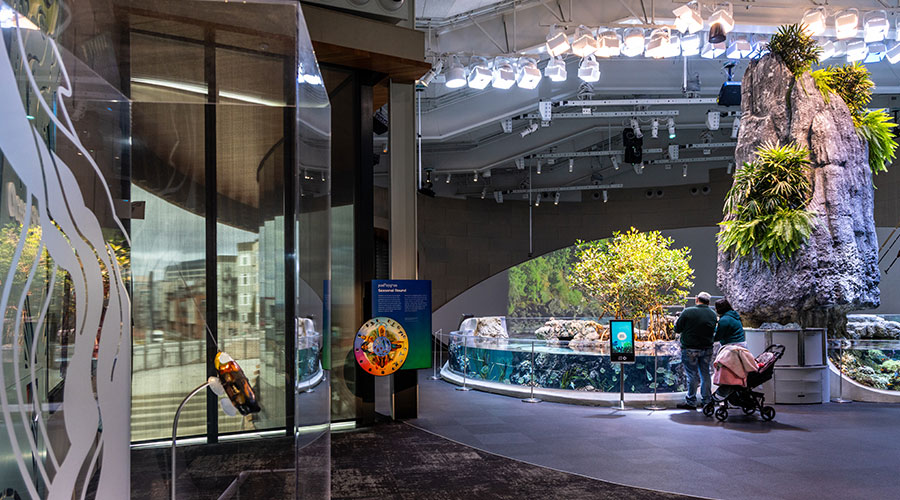The Future Looks Bright for Organic LED Lighting
Maintaining a lighting system is a never-ending process, every maintenance and engineering manager knows. There is the purchase, the installation, regular lamp replacement, and safe lamb and ballast disposal — not to mention the efforts that go into reducing the energy used to power lighting systems, which is roughly a quarter of the electricity used nationwide.
Scientists at the Pacific Northwestern National Laboratory (PNNL) are trying working on a revolutionary lighting system — the organic light-emitting diode, or OLED — that would significantly reduce the headaches related to facility lighting.
The OLED already is used to light some cell-phone screens, car-stereo faces, and other flat-panel displays, so it is not a new technology. But it works very differently than the traditional lamp and, thus, is a new way to think about lighting a room.
How it Works
In its simplest form, an OLED uses microscopic layers of organic, or carbon-based, luminescent material sandwiched between two electrodes. When electrical current passes between the electrodes through the layered material, it produces a bright light in a process called electrophosphorescence.
“You can liken it to fluorescent paint or the ink in a fluorescent marker,” says Paul Burrows, PNNL laboratory fellow and manager of the lab’s Nanoscience and Nanotechnology Initiative. “When you look at the colors, they appear to be glowing, as if they are giving off a light of their own.
“That is basically true. They are absorbing ultraviolet light, which we can’t see with the naked eye, and re-emitting it as visible light.”
In the case of OLEDs, the organic materials turn electricity into visible light. The color of the light depends on the luminescent material used.
OLED technology makes possible self-luminous displays that are thin and compact because they do not require backlighting, unlike desktop computer monitors and televisions. They also do not contain contaminants like mercury, which is found inside fluorescent lamps, monitors with cathode-ray tubes, and liquid-crystal displays.
Burrows says it is possible to further develop OLED technology until it is feasible to light an entire room or building, which could revolutionize the way lighting is perceived and used. OLEDs could be mounted onto thin vinyl film and applied like wallpaper to entire walls, or to windows for a faux daylighting effect.
The OLED “is a broad-area emitter, while the light bulb is a point-source emitter, which is why you need diffusers on your existing lamps,” he says. “With an OLED, the light is evenly distributed. It’s a comfortable lighting, and it could result in high-end aesthetic improvements to lighting systems.”
The Obstacles
Right now, OLED technology is limited in its uses because of its low light emission. Incandescent lamps produce about 15 lumens per watt (lm/w), and fluorescent lamps produce about 40 lm/w. But the white-light emitting OLED is only capable of 7-10 lm/w — basically the brightness of a computer screen.
Green-light emitting OLEDs have higher output, with some demonstrating a capability of 60 lm/w. But as Burrow points out, “there’s not much call for green room lighting out there.”
Burrows says researchers are confident they can get 100 lm/w out of some of the organic materials used in OLED research. The main limiting factor is the films on which OLEDs are built. Light gets trapped inside existing films, he says.
So PNNL researchers are working to develop more efficient films with the hope of producing a lighting source that can be literally wrapped around a finger, possibly within the decade.
Related Topics:











